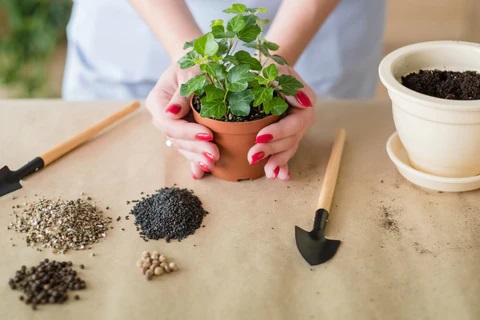If you want a healthy garden then Stop these Plant Growing Mistakes from the New Year to ensure they stay happy and thriving!
As this New Year unfolds, it’s the perfect time to transform your gardening practices by waving bye to the common plant-growing mistakes.
23 Important Gardening Resolutions for New Year
Stop these Plant Growing Mistakes from the New Year
1. Do Not Follow a Fixed Watering Routine
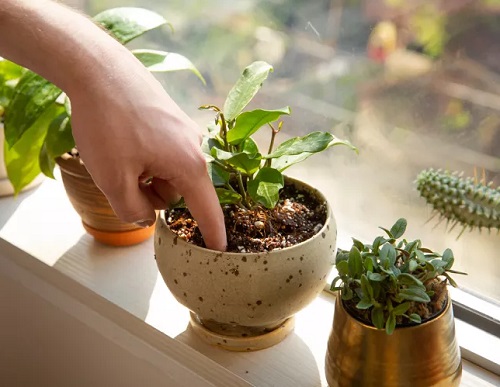
No! While it is more convenient, watering your houseplants on a fixed schedule is not good for your indoor gardening. It will do more harm than good to some plants. So, do not follow any once-on-a-Sunday watering routine. Always poke your finger in the topsoil and moisten the growing medium only when it feels dry.
2. Neglecting the Plants’ Light Needs
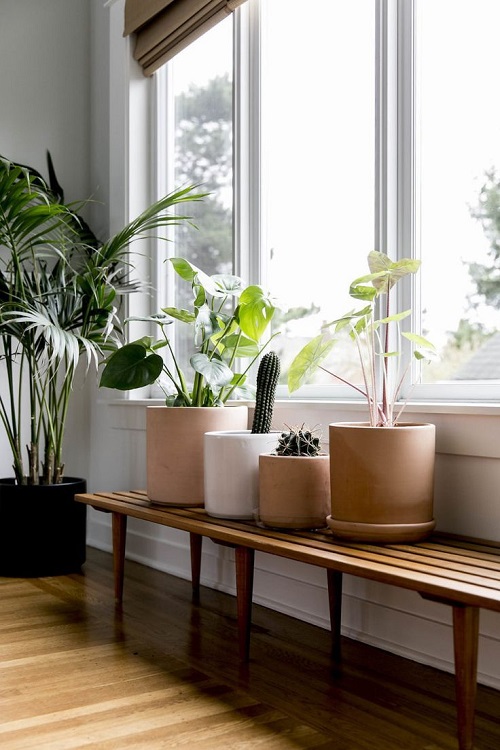
Evaluate your plant’s light requirements and provide suitable conditions, whether it’s bright, indirect light, or filtered sunlight.
The best rule to follow – make sure the plants get a couple of hours of direct morning sun or as much exposure to indirect light throughout the day as possible. Simple!
3. Ignoring Pests
Spider mites and sometimes aphids are more common in indoor environments. These pests can quickly infest your plants, ruining their health completely. Start the year off right by regularly inspecting your plants for signs of pests and promptly address any issues with natural remedies or gentle pesticides.
4. Not Doing Pruning and Maintenance
It is always good to feel and touch your plants, and pruning is the best way to do it! It also ensures you know your plants well!
Snipping dead and damaged parts is essential for encouraging more growth and preventing leggy or unruly plants.
5. Choosing the Wrong Container
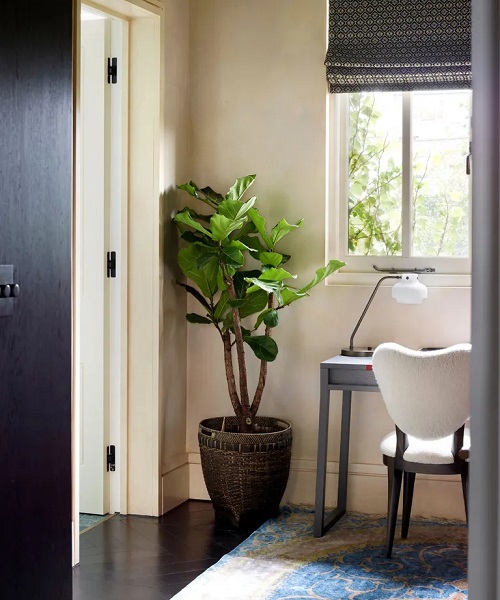
Avoid going for a too large or too small container – follow this rule: A pot that’s one size larger than the rootball of the plant is perfect.
Also, ensure it has drainage holes to prevent waterlogged soil. Consider repotting plants that have outgrown their containers (when you spot roots on the topsoil or at the drainage hole). You can divide them or separate the pups to have more plants 🪴.
6. Not Rotating and Overcrowding Plants
For even exposure to light and air circulation, it’s important to do a periodic rotation of houseplants. Putting too many in a cramped space can lead to poor ventilation and increased susceptibility to pests and diseases.
10 Indoor Plants with 4 Color Leaves
7. Use Liquid Fertilizers
Liquid fertilizer is absorbed quickly, and you see a faster response from plants. Secondly, using it can prevent overfertilization by flushing the soil with water, also with every thorough watering spell it leeches from the growing medium. Lastly, these fertilizers are easy to apply evenly, reducing the risk of nutrient imbalances and providing a more consistent feeding schedule for your indoor plants.
Pro Tip: Feeding with a balanced liquid fertilizer, diluted to 1/2 or 1/4 of the strength, once in 3-6 weeks, can be done for any or every type of plant.
8. Ignoring Humidity Levels
Some plants, especially tropical varieties, require higher humidity levels and if you notice symptoms like browning leaf tips and edges or faded colors on variegated plants – these are the common indicators.
Invest in a humidity tray or a mini humidifier to maintain the ideal air moisture levels around your plant collection.
10 Ways To Increase Humidity For Houseplants That Work
9. Skipping Soil Inspection

Regularly inspect your plant’s soil for signs of compaction, depletion, or pH imbalances – a soil testing kit or tool can be of great help in this. You can easily get them online.
10. Not Taking the Plant Seasons into Consideration
Ignoring the natural growth cycles of plants can lead to disappointing results, including poor growth, lack of flowering, or even plant death.
For example, specimens that grow vigorously in spring and summer will not do well if you plant them in fall or winter.
Ignoring natural plant seasons when they propagate and thrive the best can exhaust it, leading to weak growth and making it more susceptible to pests and diseases.
11. Forgetting to Check the Undersides of the Leaves
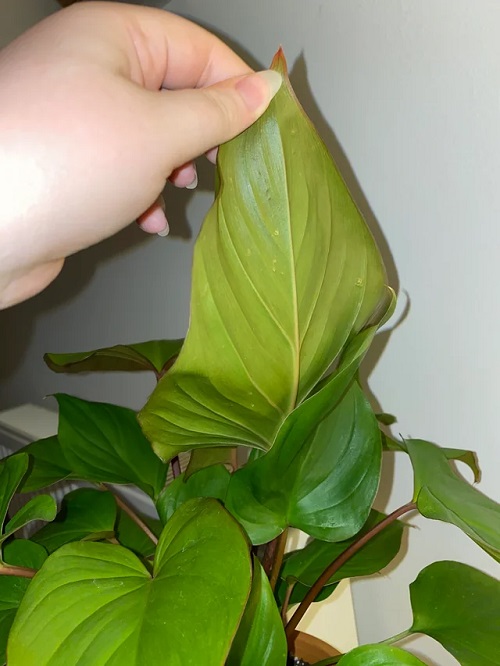
The underside of the foliage can be a living playground for pests, as it provides a sheltered environment and is often overlooked. Fungal diseases often start underneath leaves before spreading to other parts of the plant.
This new year, make it a routine to inspect the undersides of leaves regularly. This practice helps in the early detection of any infestation or disease, which is crucial for effective control.
7 DIY Insecticidal Soap Recipes for the Garden to Kill Pests
12. Not Any Research at All
Whenever you buy a plant or look at something new, try to search for it to have a better knowledge of its growing conditions and requirements. It’s also important to find out its native environment to replicate the conditions.
Understanding your local climate, including temperature ranges and humidity levels, is crucial for selecting plants that can adapt and flourish in the area where you live in.


